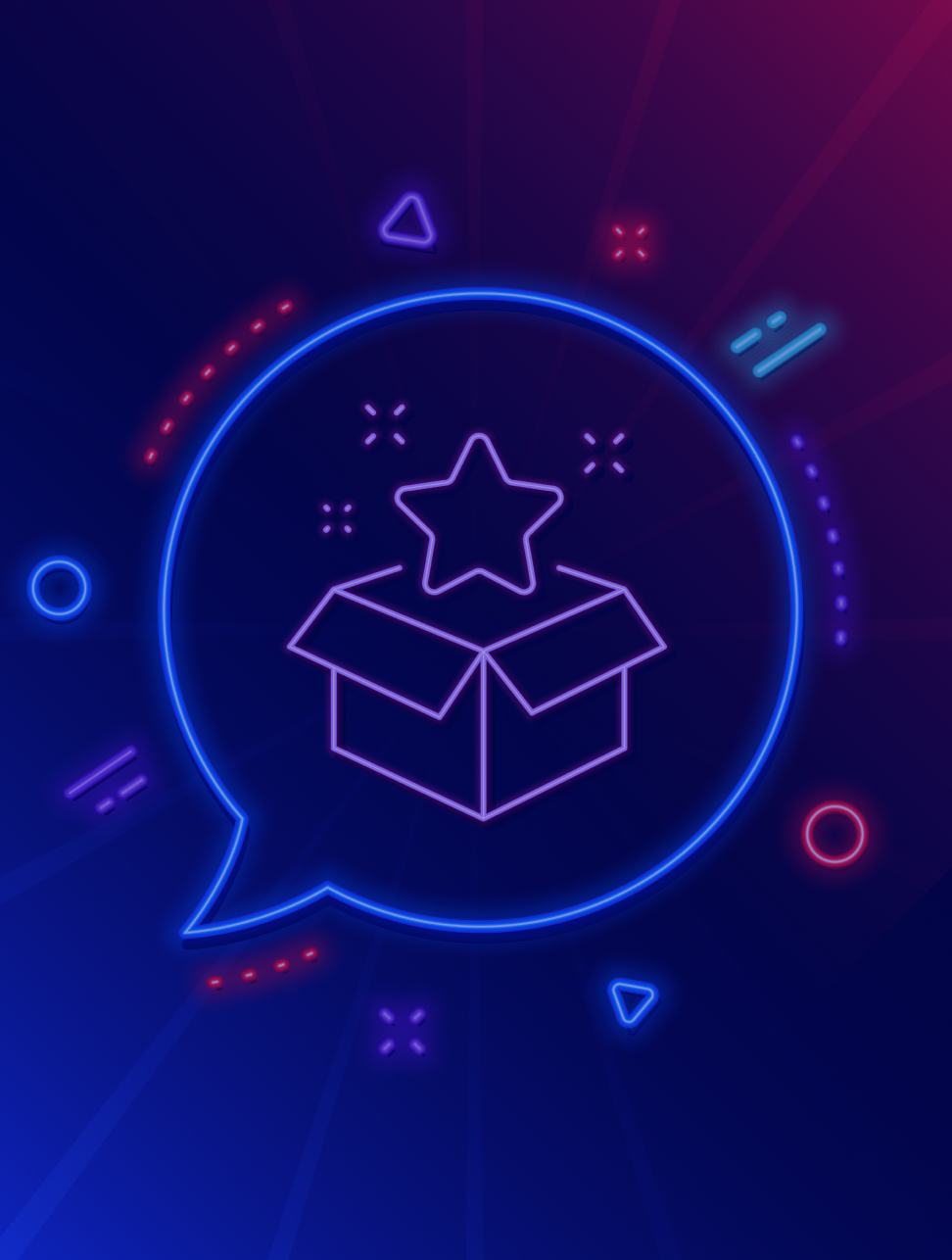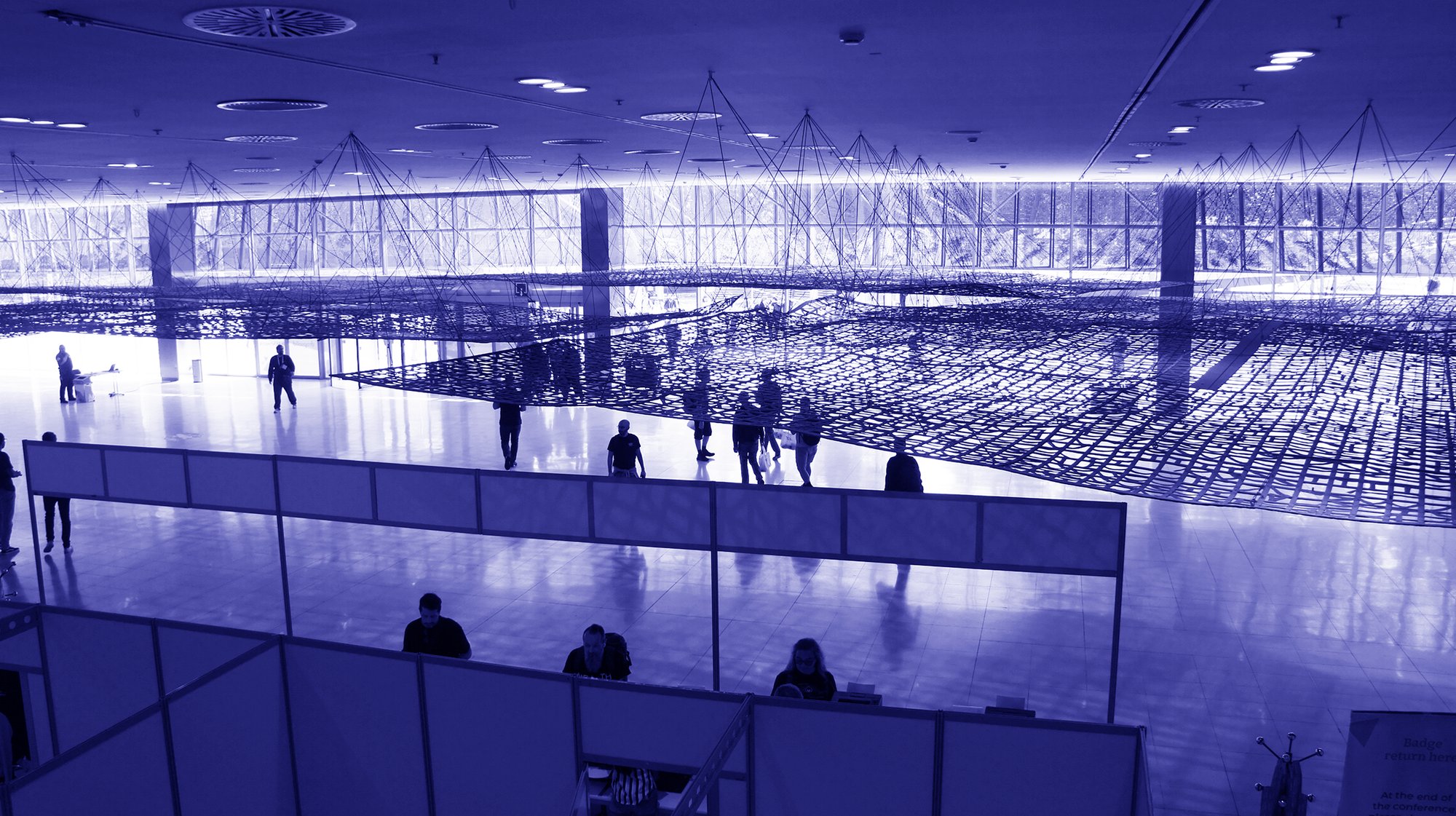Insights
Article
Personalisation as a Key to Boost Loyalty Programs
4 min read
Published on 19 November 2024
Solutions:
Loyalty Campaigns

Loyalty programs, once viewed as simple points and rewards systems, have evolved into powerful tools that shape consumer decision-making and engagement. With 79% of British consumers participating in at least one loyalty program, the importance of designing effective and personalised loyalty initiatives cannot be overstated.
However, even as loyalty program membership rises, consumer loyalty itself is increasingly fragile. How can brands navigate this paradox and ensure their loyalty programs remain effective in retaining customers?
The Current State of Loyalty in the UK
The UK loyalty market is expected to reach US$9.02 billion by 2024, growing at a strong CAGR of 11.7% in recent years. Loyalty programs can be a powerful tool, particularly for service companies, to improve customer engagement, satisfaction, and retention.
Promotions are a major driver of engagement: 72% of UK consumers believe brands should offer loyalty programs with integrated promotions, while 73% participate in these offers. Yet, this reliance on discounts presents a dilemma. While promotions boost short-term engagement, overuse can lead to deal-driven behaviour, where customers flit between brands solely for offers, eroding long-term loyalty.
Challenges Facing the UK Loyalty Market
The cost-of-living crisis has amplified price-driven loyalty. 63% of UK shoppers now regularly switch brands based on offers, and 48% would abandon a brand if it stopped providing deals. This trend creates challenges for businesses seeking to build lasting relationships.
To foster true loyalty, brands must find the right balance between price promotions and personalised experiences. Consumers increasingly expect more than just discounts—they want relevant, tailored rewards that reflect their personal preferences and values. The rise of the ‘zero consumer’—who shows little brand loyalty and expects sustainable products and instant gratification—emphasises the need for businesses to move beyond transactional loyalty strategies.

Combating Market Challenges with Personalisation
It becomes important to clarify the difference between loyalty and engagement programs. While the first one incentivises repeat purchases through rewards, engagement programs aim at creating a more meaningful relationship with customers by encouraging active participation and building emotional connections.
Tailored and innovative loyalty programs are the future. A one-size-fits-all approach no longer works. Successful programs must align with a brand’s identity and incorporate personalisation, sustainability, and AI-driven insights to stay competitive.
For example, our client a luxury fashion retailer with many sub-brands, sought to create a more personalised loyalty experience for their clientele.
Working with us, they designed a bespoke loyalty and engagement program using advanced customer analytics to offer exclusive VIP experiences, early access to new collections, and personalised rewards for their high-spend, high-frequency customers, positioning one of their sub-brands as a leader in customer engagement. This data-driven approach allowed them to deepen customer relationships and increase customer lifetime value through high-touch interactions.
The Future: AI and Data as the Backbone of Loyalty Programs
Looking ahead, Generative AI and data analytics are set to revolutionise loyalty programs by enabling hyper-personalisation and real-time engagement. AI will allow brands to analyse vast customer datasets, creating tailored rewards and experiences that match individual preferences. For instance, AI-driven virtual assistants can offer personalised interactions, while predictive analytics can identify at-risk customers and trigger retention strategies before churn occurs.
In the case of our client, a digital payments provider, JAKALA developed an advanced engagement platform that uses AI to analyse customer behaviours and trigger instant rewards based on transactional patterns. By forecasting Customer Lifetime Value (CLV), our client was able to tailor their engagement strategies and boost retention efforts, addressing customer churn before it happened.
As these technologies advance, loyalty programs will offer more adaptive ecosystems that anticipate consumer needs, foster emotional connections, and drive long-term loyalty. Personalisation will continue to be the key trend for engaging economically challenged consumers in a crowded market, where differentiation through value and experience will define success.
Want to discuss further?
Reach out to us today to find out more about how JAKALA can help you with your loyalty program goals.
Let's talk
Curious about how we can help
you with your projects?
Reach out to us to have a conversation for your specific needs.



